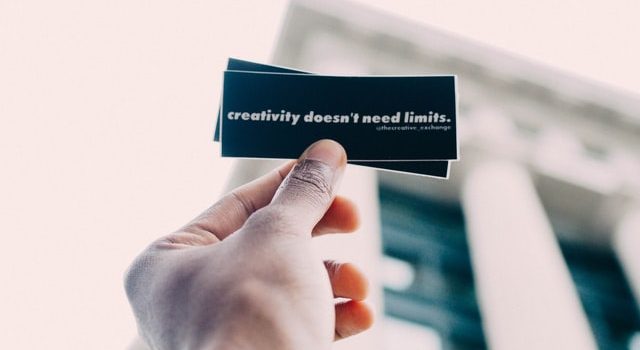What is Nassim Taleb’s book Skin in the Game about? What is the central premise of Taleb’s “skin in the game” philosophy? Skin in the Game is the fifth book in Taleb’s Incerto series. The main idea of the Incerto is that the world is fundamentally unpredictable, and Skin in the Game is about the ethics of living in that uncertain world. Below is a brief overview of the key points.
Skin in the Game: Book Overview and Key Takeaways










